-
- Find Care
-
- Visitor Information
- Find a Location
- Shuttles
- Visitor Policies
-
-
- Our Virtual Care Options
- Virtual Urgent Care
- Virtual Visits for Primary & Specialty Care
- Online Second Opinions
- Participate in Research
-
- Contact us
-
- For Innovators
- Commercialization Guide for Innovators
-
-
- Research News
- Alzheimer's Disease
- Artificial Intelligence
-
- Overview
-
- Overview
- Getting Started
- New to Mass General Brigham
- International Patient Services
- What Is Patient Gateway?
- Planning Your Visit
- Find a Doctor (opens link in new tab)
- Appointments
- Patient Resources
- Health & Wellness
- Flu, COVID-19, & RSV
- Billing & Insurance
- Financial Assistance
- Medicare and MassHealth ACOs
- Participate in Research
- Educational Resources
- Visitor Information
- Find a Location
- Shuttles
- Visitor Policies
- Find Care
-
- Overview
- Our Virtual Care Options
- Virtual Urgent Care
- Virtual Visits for Primary & Specialty Care
- Online Second Opinions
-
- Overview
- Participate in Research
-
- Overview
- About Innovation
- About
- Team
- News
- For Industry
- Venture Capital and Investments
- World Medical Innovation Forum (opens link in new tab)
- Featured Licensing Opportunities
- For Innovators
- Commercialization Guide for Innovators
- Contact us
-
- Overview
- Information for Researchers
- Compliance Office
- Research Cores
- Clinical Trials
- Advisory Services
- Featured Research
- Two Centuries of Breakthroughs
- Advances in Motion (opens link in new tab)
- Brigham on a Mission (opens link in new tab)
- Gene and Cell Therapy Institute
- Research News
- Alzheimer's Disease
- Artificial Intelligence
-
- Overview
-
- Overview
- Residency & fellowship programs
- Brigham and Women's Hospital
- Massachusetts General Hospital
- Mass Eye and Ear
- Newton-Wellesley Hospital
- Salem Hospital
- Integrated Mass General Brigham Programs
- Centers of Expertise
- Global & Community Health
- Health Policy & Management
- Healthcare Quality & Patient Safey
- Medical Education
- For trainees
- Prospective trainees
- Incoming trainees
- Current trainees
- Continuing Professional Development
New Study Finds Holidays as Peak Times for Domestic Violence Injuries
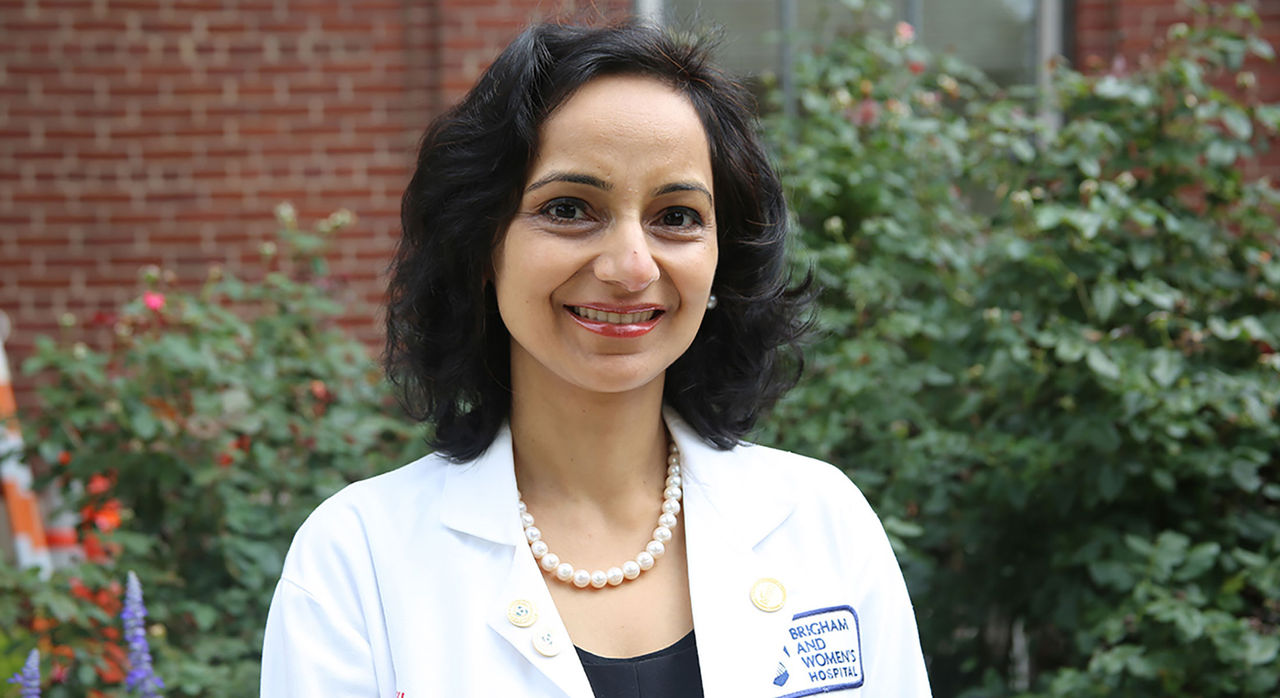
Research aids in developing AI aimed at early detection
Breaking the cycle of intimate partner violence has for long been at the forefront of work undertaken by radiologist Bharti Khurana, MD, FACR, FASER. Much of her research, studying injuries of patients in emergency departments, has been featured in numerous mainstream and trade news outlets. And last year, her Innovation Grand Rounds to colleagues proved to be an eye-opener because the content was alarming, yet very informative. (View her presentation.)
The latest in her continuing research on intimate partner violence, also known as domestic violence between current or former partners, centers on the when of these altercations. Knowing the most common when of incidents will inform in perfecting AI algorithms, a step toward earlier detections. The study appeared in Emergency Radiology in November.
“If I see (IPV) injuries more often on Saturday versus Wednesday, I know the Saturday injury is more likely to be domestic violence so I can actually feed that information into my algorithm. Christmas and New Year’s Eve are more common for IPV, and we have good evidence because this is a national study.”
Khurana, who is founder and director of Brigham’s Trauma Imaging Research and Innovation Center, along with her team, examined data from 2005-2017 from the National Electronic Injury Surveillance System database in six categories of assault-related injuries, among them sexual assault, IPV, and altercations. The data was comprised from 100 hospitals in the U.S.
Of the 21 million assault-related injury visits, nearly 15 percent happened during holiday periods, and 85 percent during non-holidays. New Years Eve was the highest than the baseline for IPV and altercations, followed by St. Patrick’s Day, Independence Day, and Labor Day. Sexual assaults were higher than baseline during New Year’s Eve, but lower than baseline during Christmas and Easter. Victims may be more vulnerable to violence due to prolonged or increased contact with family and friends, alcohol consumption, increased risky behavior, due to vacationing, financial stress, or unique challenges during the holiday period.
Findings from an earlier study, published in Chronobiology International, detailed the likely day of the week for injury, with late Saturday and early Sunday being the times more likely for it to occur. Summer months were also noted as prime times in their published paper in 2022.
The research is significant as it will aid in allocating health care resources and strategies for prevention.
“The whole goal is to make an early diagnosis of IPV so that we break the cycle of violence,” says Khurana. “Very often, by the time the patient discloses the abuse, it’s very late and the only solution is either the patient discontinues the relationship, which is usually not the case, or they want to stay and continue making a safety plan.”
Khurana’s earlier study on IPV relied on imaging in the emergency department, but not all IPV victims present with broken bones or other telltale signs. In fact, most, according to Khurana, do not report IPV as the reason for the visit.
Additionally, not all IPV patients are coming into the emergency department with trauma, she says. Some might present with chest pain, headache, or other clinical symptoms that might not require radiologic studies initially that could point to suspected abuse. But while the ED has been ground zero for identifying IPV, Khurana and her team are looking to expand to referral sources like medicine, primary care, and OB/GYN for other IPV detections. They are also studying what clinical indicators might also identify IPV. For example, does having a disability, cancer, or substance use predispose one to IPV?
Khurana is quick to offer strong praise for Mass General Brigham Innovation. “I’m so grateful to MGB Innovation because they were the first to give me a grant,” says Khurana who received an Innovation Discovery Grant in 2019 for $50,000.
“After that, I got many, many grants, mostly from the National Institute of Health, but Mass General Brigham was the first one to believe in my project.”
She gives a shout out to Brian Zamarron, PhD, director, business development and licensing, who helped with her presentation and introduced her to others who helped her along the way, Nimra Taqi, senior director, business development and licensing, and Chris Coburn, chief innovation officer, who had the foresight to realize the value of her work.
Next phase of this work: Khurana and her team are creating a predictive algorithm for IPV based on imaging and clinical indicators.
Related news
-
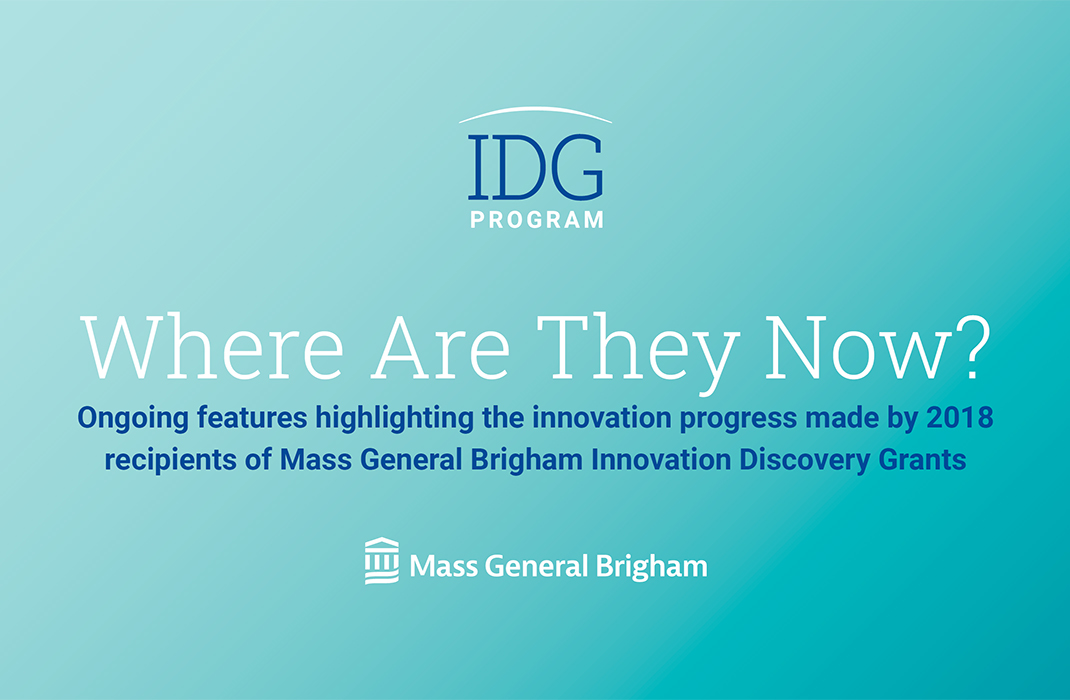
published on
-
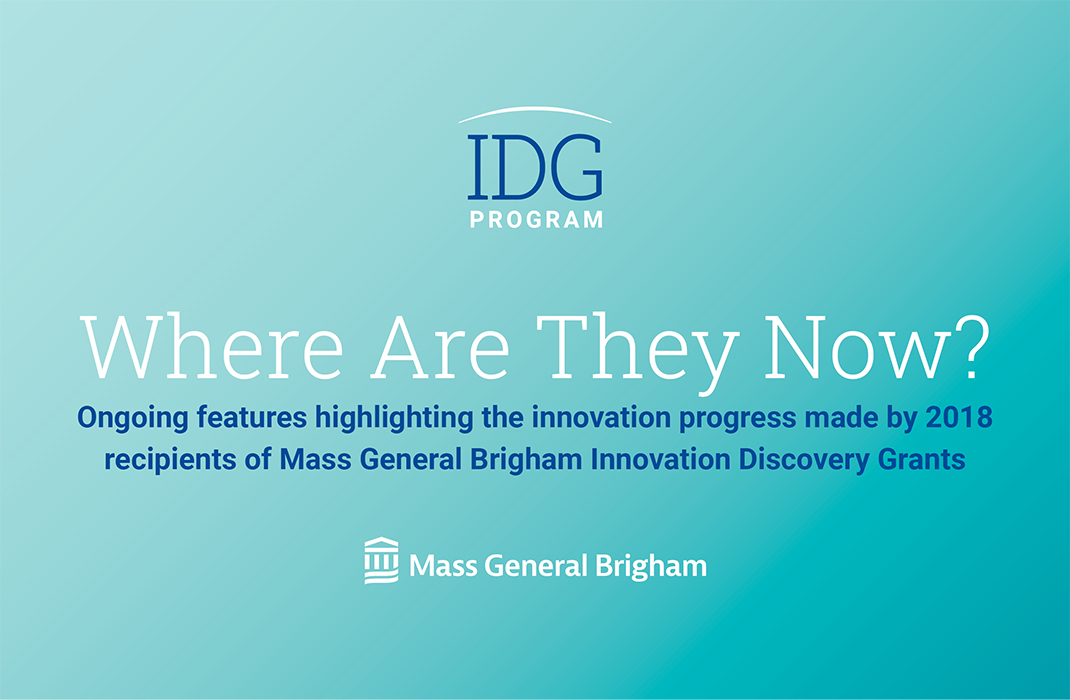
published on
-
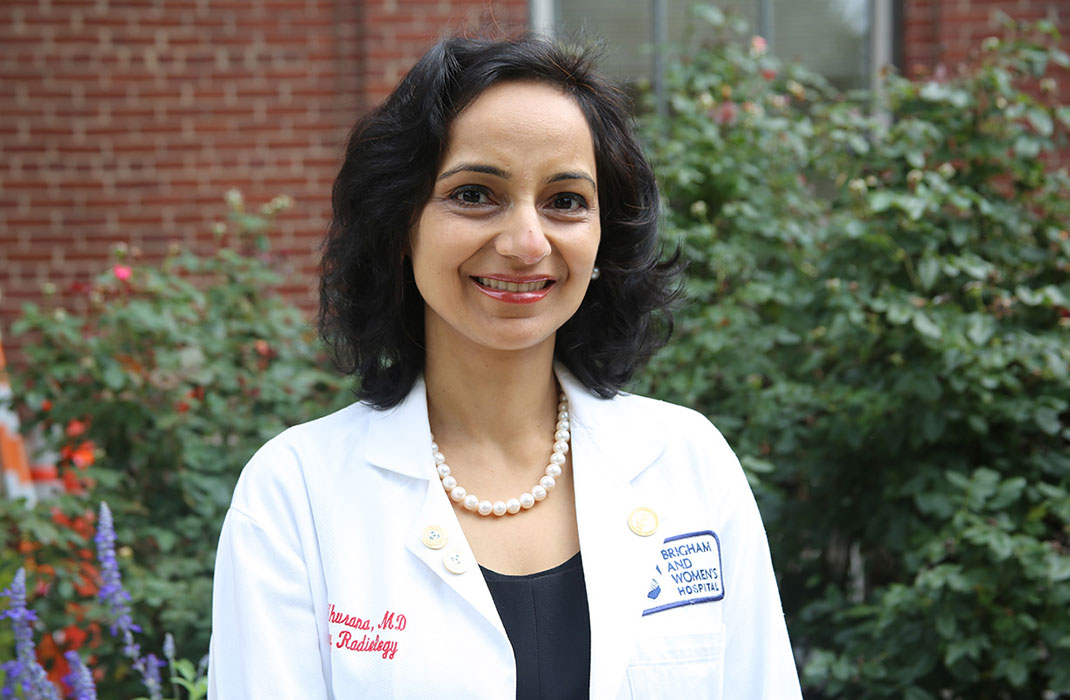
published on
-
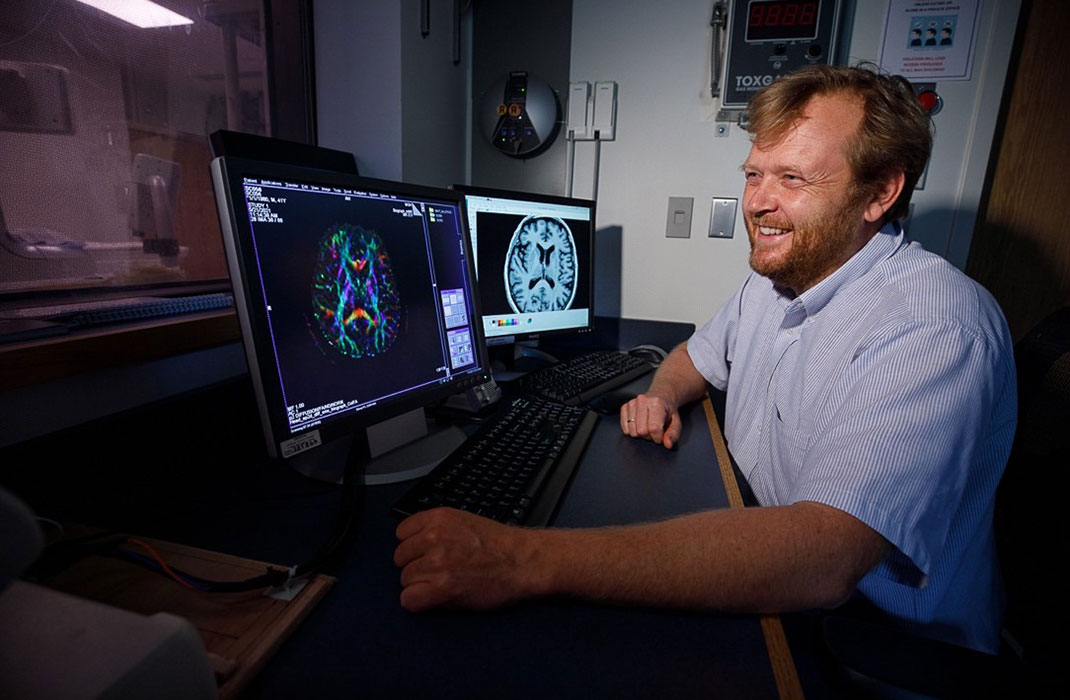
published on
-
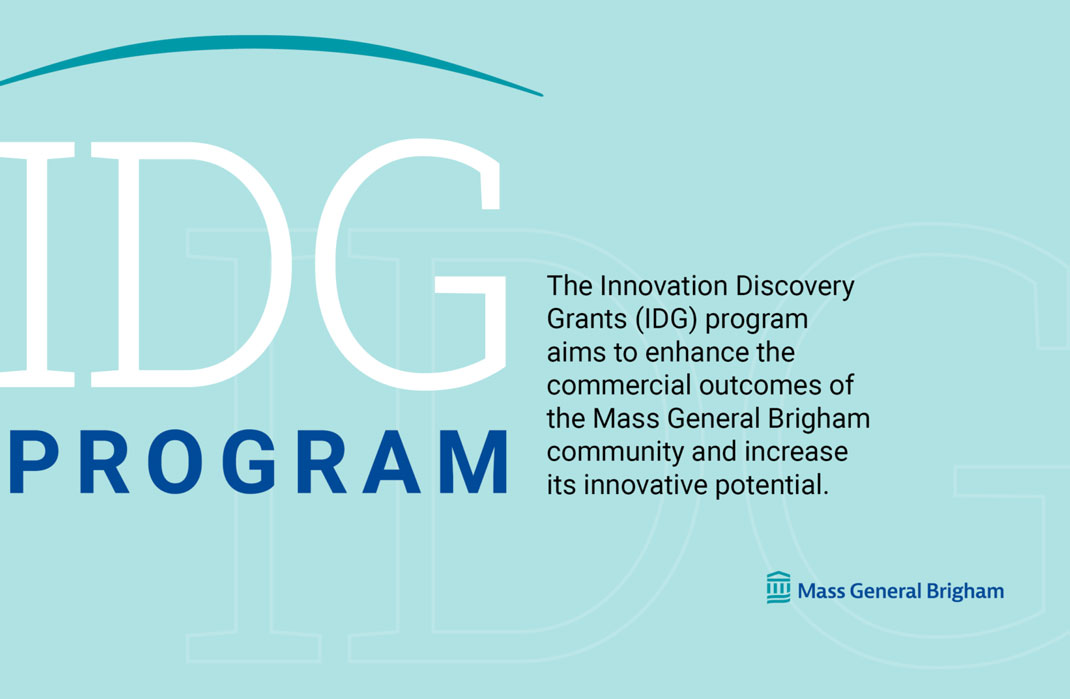
published on
-
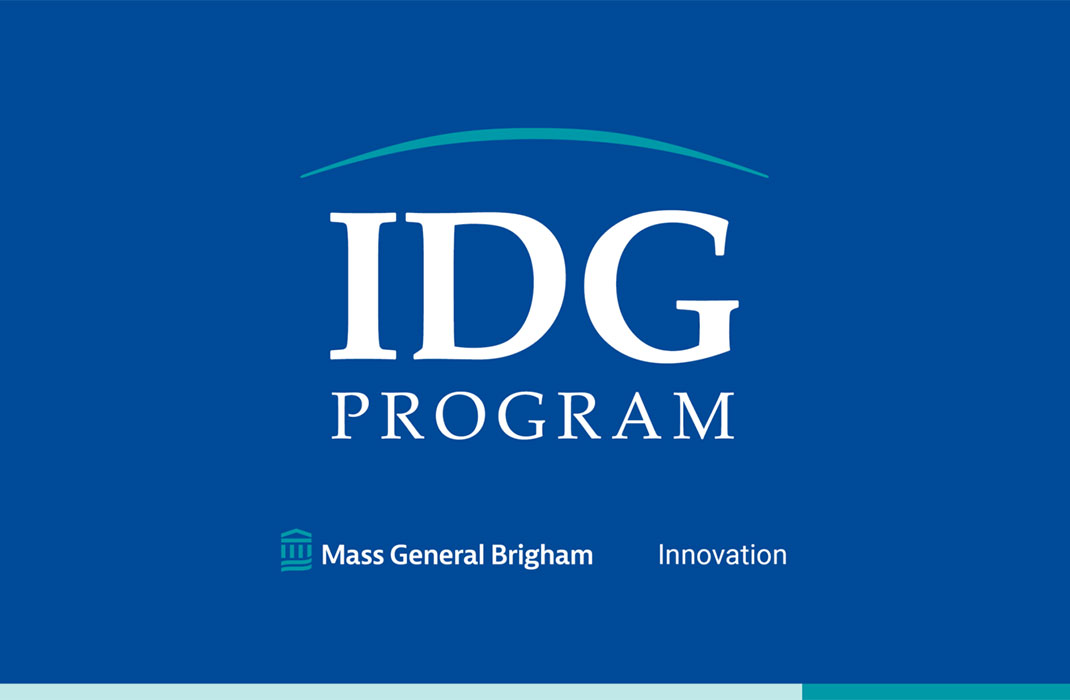
published on
-

published on